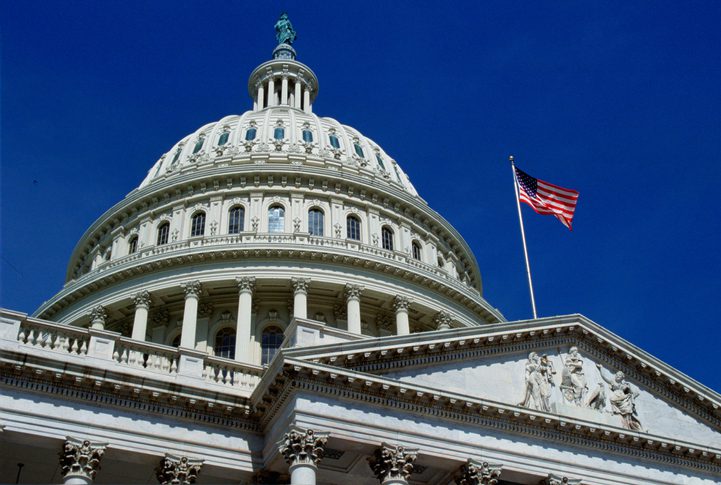Complex Risks in a Complicated World:Are Federal Government “Backstops” The Answer?

Two U.S. agencies have agreed to explore the potential need for a federal mechanism – analogous to the one put into place for terrorism insurance after the 9/11 attacks – to address the growing cybersecurity threat to critical infrastructure. The perceived need to do so speaks to the growing complexity and interrelatedness of this and other risks facing governments, businesses, and communities today.
The Government Accountability Office (GAO), in a recently published report, recommended that Treasury’s Federal Insurance Office (FIO) and Homeland Security’s Cybersecurity and Infrastructure Security Agency (CISA) take this action. It acknowledges that FIO and CISA have “taken steps to understand the financial implications of growing cybersecurity risks” – but those actions have not included the possible need for a federal insurance mechanism.
“Cyber insurance and the Terrorism Risk Insurance Program (TRIP)—the government backstop for losses from terrorism—are both limited in their ability to cover potentially catastrophic losses from systemic cyberattacks,” the GAO report says. “Cyber insurance can offset costs from some of the most common cyber risks, such as data breaches and ransomware. However, private insurers have been taking steps to limit their potential losses from systemic cyber events.”
Insurers are excluding coverage for losses from cyber warfare and infrastructure outages, the report notes, and cyberattacks may not meet TRIP’s criteria to be certified as terrorism.
As we’ve previously reported, some in the national security world have compared U.S. cybersecurity preparedness today to its readiness for terrorist acts prior to the 9/11. Before Sept. 11, 2001, terrorism coverage was included in most commercial property policies as a “silent” peril – not specifically excluded and, therefore, covered. Afterward, insurers began excluding terrorist acts from policies, and the U.S. government established the Terrorism Risk Insurance Act (TRIA) to stabilize the market. TRIA created TRIP as a temporary system of shared public and private compensation for certain insured losses resulting from a certified act of terrorism.
Treasury administers the program, which has to be periodically reauthorized. TRIP has been renewed four times – in 2005, 2007, 2015, and 2019 – and the backstop has never yet been triggered.
The GAO recommendation that a similar solution be considered for cyber risk highlights the potential insufficiency of traditional risk-transfer products to address increasingly complex and costly threats. Alongside terrorism and cyber, we’ve experienced – and continue to experience – the myriad perils of pandemic, with its assorted impacts on the global supply chain, driving behavior, business interruption and remote work practices, and the economy. Even if those challenges moderate, we will continue to face what is perhaps the most entangled set of risks on the planet: those associated with climate and extreme weather.
One only has to look as far as Florida, where the insurance market is on the brink of failure as writers of homeowners coverage begin to go into receivership and global reinsurers reassess their appetite for providing capacity in that hurricane-prone, fraud- and litigation-plagued state. Or, one could follow the wildfire activity in recent years; or flood loss trends, increasingly creating problems inland, where flood insurance purchase rates tend to be lower than in coastal areas; or insured losses due to severe convective storms, which have been rising in parallel with losses from hurricanes.
Fortunately, many states are taking steps – often with partners, including the insurance industry – to anticipate and mitigate such risks. Much is being done, but much work remains to change behaviors, best practices, and public policies in ways that will reduce risks and improve availability and affordability of coverage.





